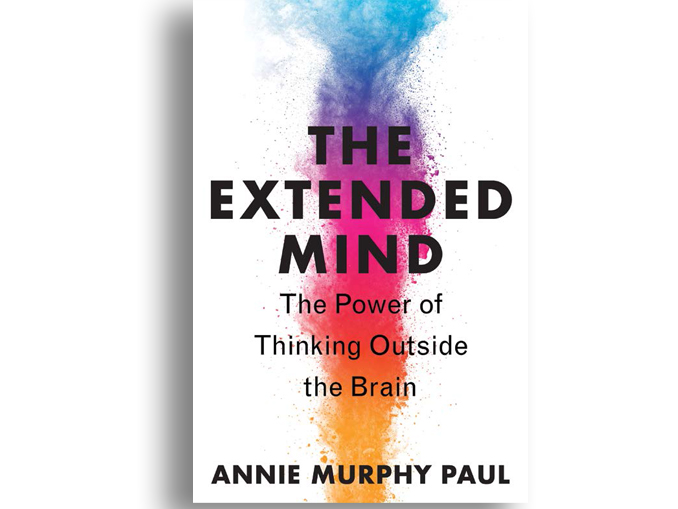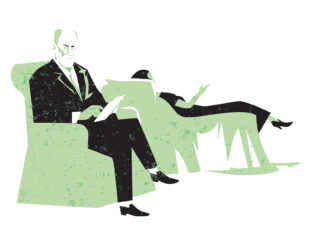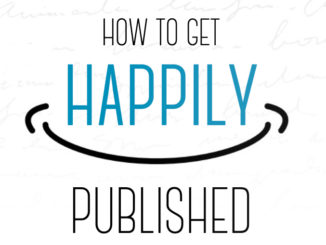Reviewed by Oana Popa Rengle, Founder, Anamnesis, Bucharest, Romania, oana@anamnesis.ro
I want to start this review by saying The Extended Mind is the best nonfiction book I have read in the past two years, and one that I will be picking up frequently to use in my daily work.
The author, Annie Paul, a journalist who has covered research in psychology and cognitive science for more than 20 years, departs from the neurocentric model of the mind, which focuses on the idealization and fetishization of the brain in thought and creativity processes. Paul instead explores in-depth descriptions of a series of well-researched alternatives that can improve our overall cognitive performance.
The Extended Mind tackles three main alternative types of cognition: embodied cognition, which is the effect of the body—internal sensations, gestures, movements—on our thinking; situated cognition, how place and environment can influence creative and cognitive outputs; and distributed cognition, which is the effect others around us have on our cognitive processes. Each concept is supported by strong, relevant research that paints a vivid and detailed picture of what the extended mind is and how it works. If you are like me, a junkie for scientific evidence, you will be delighted by the wealth of supporting data and the 70 pages of article references to help you go down the rabbit hole of topics covered in the book.
While the book is a very inspiring read for purposes of general knowledge or personal development alone, I have found so many useful insights for my practice as a qualitative researcher. Just a few examples:
- The section covering embodied cognition provides a great deal of insight into how empathy works. For example, the chapter, “Thinking with Sensations,” explores in depth the concept of interoception, which is an awareness of the internal sensations of our own body and leads to explaining how this ability not only helps people make better decisions for themselves but also gain more empathy for others. This can support your empathetic tool kit by helping you more accurately read your own body signals for clues to what your conversation partners are feeling.
- As a qualitative researcher, I love working with metaphors—whether visual or language-based. Metaphors are elemental to human thought and imagination, and, just like empathy, I see them as part of the qualitative researchers’ turf. The chapter, “Thinking with Movement,” brings even more confirmation to the power of metaphors, as it introduces the concept of metaphorical movement. Enacting or embodying a metaphor (in other words, physically acting out a metaphorical figure of speech) can activate a particular cognitive process. An example of this is enacting the concept of “thinking outside the box” by using movement in creative workshops to help put people in the creative state of mind.
- My favorite chapter was “Thinking with the Space of Ideas,” which talks about using our sense of physical space to better navigate through purely mental structures. There is so much abstract thinking in our day-to-day lives as researchers, from the conceptual models we work with to the analysis and synthesis processes in our report writing, and sometimes it can feel overwhelming. One suggested simple solution is to use the physical space to offload facts and ideas. In other words, create physical concept maps or any other artifacts to help organize and get unstuck in deep analysis processes. The author emphasizes that when our bodies carry out physical navigation, they engage built-in embodied resources that help enhance thinking. I also learned why I need to invest in a large, high-resolution display (rather than my small laptop screen), in order not to waste these corporeal resources.
- Lastly, I will leave you with only the name of the last chapter of the book, “Thinking with Groups,” and a guessing game: do you think it reveals why focus groups should die, or why they are valuable?




